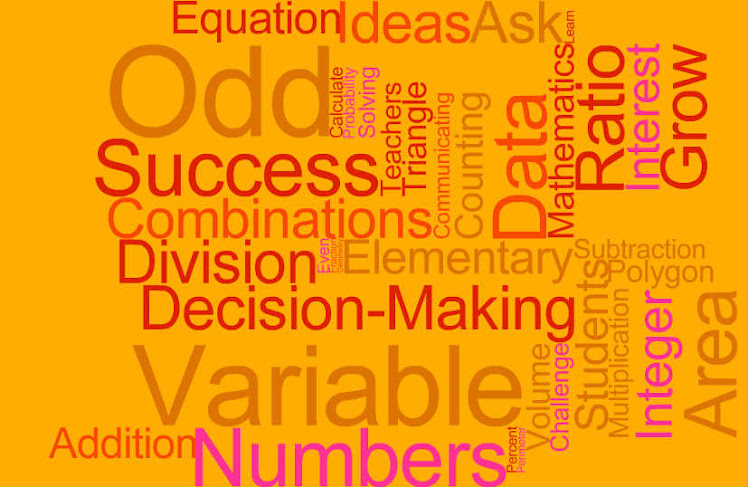When I finally came back to variance, I decided that the first thing I needed to do was SLOW DOWN. Then I needed to take each step one at a time and make sure that all the numbers I was plugging in were right and that I was completing each part of the steps. Once I slowed down and stopped panicking, I was able to think and calculate better (thank goodness!).
The definition of variance and how to find it is what threw me off. This can seem a little daunting:
(S^2) = summation[( x - mean)^2] / n-1
In easier terms, variance is computed as the average squared deviation of each number from its mean.
First, find the mean of the set of numbers you have.
Then, subtract the mean you calculated from each number in the set.
Now, square each number that you have come up with.
Finally, add those squared numbers together and divide them by the amount of numbers that existed in the original set.
For instance, for the numbers 1, 2, and 3, the mean is 2 and the variance found this way:

If this isn't helpful or you're still confused, you can watch this video. It was helpful for me! I can do this with or without a calculator, and the video show to use one, but you obviously don't have to. I think it's a good idea to do it without for the sake of becoming less dependent on them. This is doable! The following site was also great!
Variance and Standard Deviation Site
